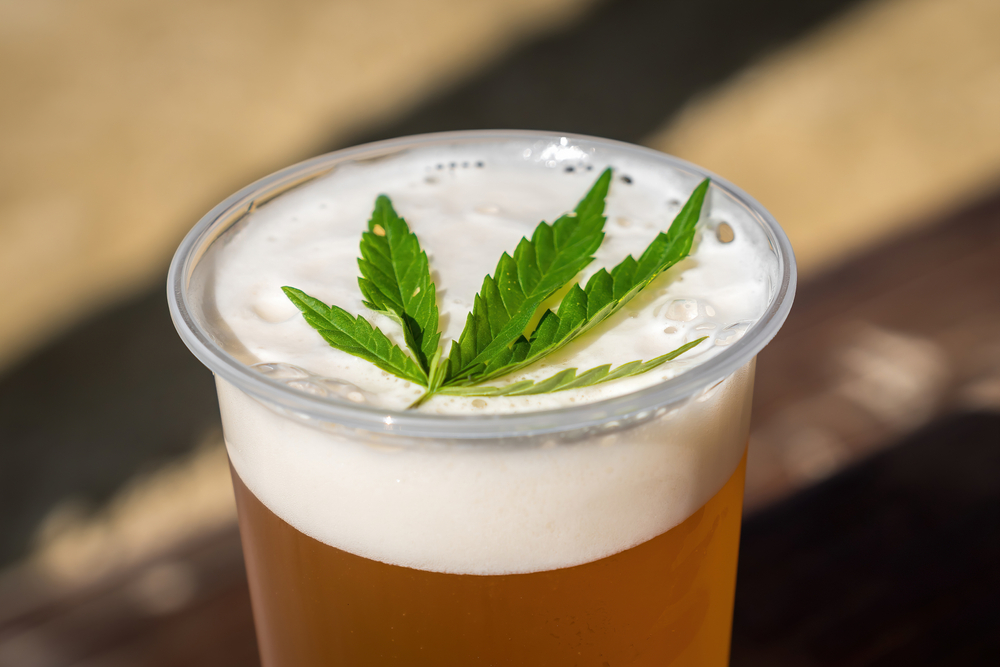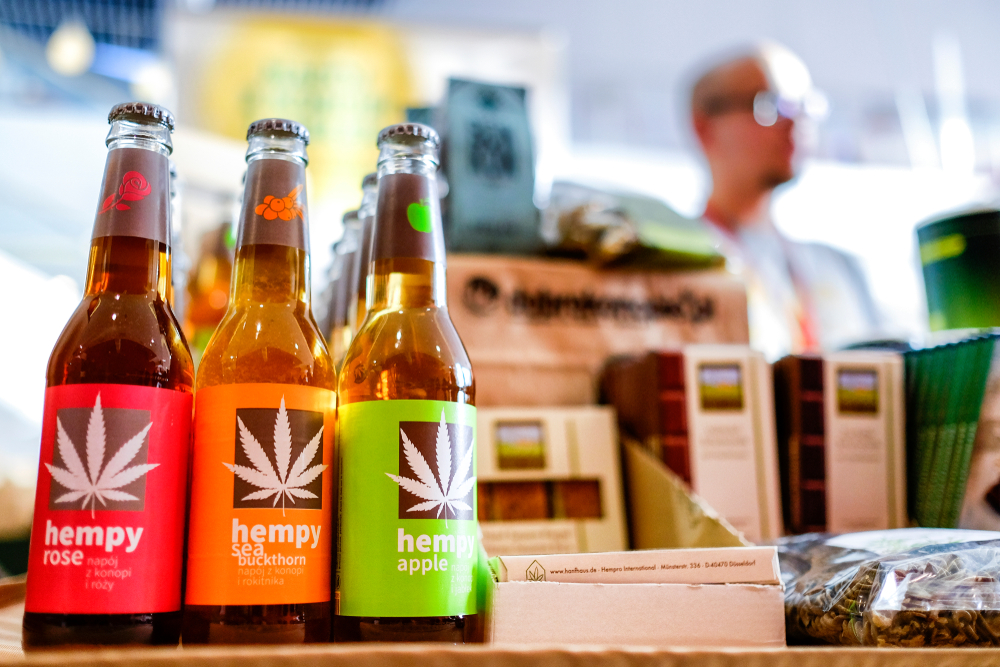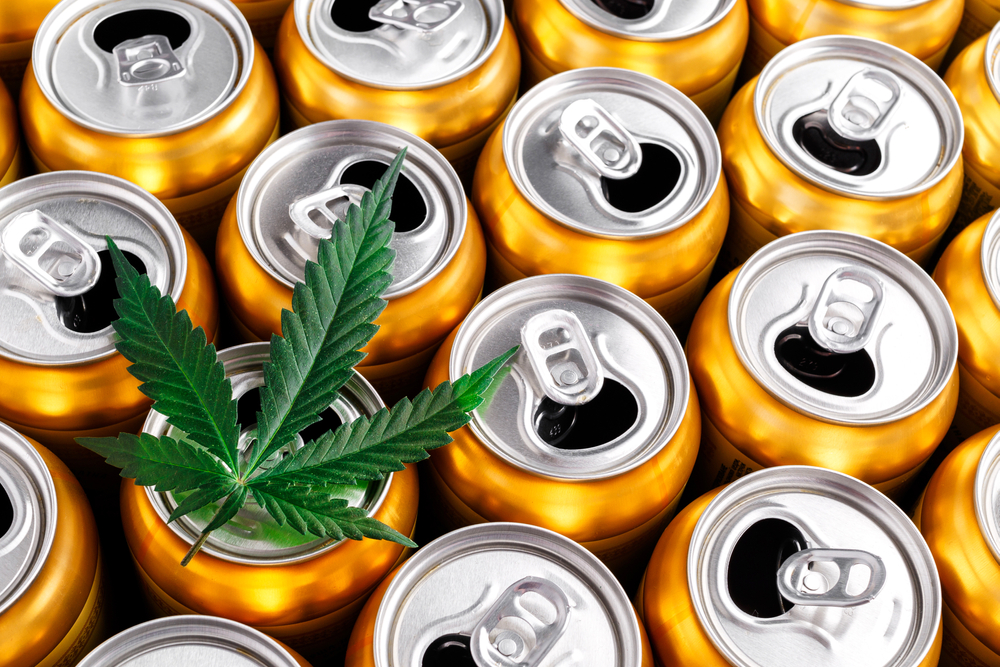Education
What Weed Beer is, How it’s Made and More
You’d think that weed and alcohol would be a match made in heaven, but really, it’s a recipe for overindulgence that could lead to bad decisions and even worse side effects, like becoming crossfaded or greening out, quicker than you can say, “toss me a cold one!”
It’s true what they say. It’s all about moderation! While mixing vices may seem like a tempting scenario to consider, there are multiple criteria surrounding weed beer that just make it a bad idea.
That said, if you’re thinking that purchasing weed beer will give you the best of both worlds, you might be sorely disappointed. This fact is because weed beer isn’t actually beer but rather non-alcoholic.
But if it’s not cannabis-infused beer, what is it, and why is mixing beer and weed not a good call? Rest assured, dear readers, today we will be outlining just that.
So, stick around because this information could save you from a less than savoury experience!
What is Weed Beer?
Since the widespread legalization of recreational and medical marijuana, manufacturers have had the opportunity to experiment with multiple different product variations and forms, with weed beers being just one example.
Gone are the days of buying some questionable bud from some sketchy guy in an alley.
Nowadays, there are countless different cannabis products to choose from, including cannabis concentrates, edibles, cannabis topicals and THC tinctures and more — all with the benefit of knowing precisely what’s in it and who made it.
The catalogue of evidence surrounding the negative side effects of smoking continues to grow. This evidence has motivated many tokers to go the healthier route by seeking out products that don’t require them to inhale potentially harmful toxins and carcinogens.
As such, edibles and cannabis-infused beverages, like cannabis-infused beer, have skyrocketed in popularity in recent years.
Cannabis beer, specifically, is not exactly what its name implies in the fact that it’s non-alcoholic. This distinction is because current laws in Canada prohibit the mixing of any weed products with alcoholic beverages.
So, in reality, CBD or THC-infused ‘beers’ is a category of cannabis products comprising beer-like beverages designed to resemble the same flavour and be consumed like regular alcoholic beer, except they aren’t allowed to contain any actual alcohol.
Essentially, they swap out the alcohol and replace it with cannabinoids instead.
It’s a classic case of the old switcheroo!
That said, legally, manufacturers must remain within the same guidelines enforced upon more conventional edibles.
In other words, the THC concentration can’t exceed the 10 mg mark. Additionally, according to a 2019 Global News article, producers are confined to more specific rules.
For example, they aren’t allowed to sell their product or advertise them using the words ‘wine’ or beer,’ or associated terms such as ‘lager’ or ‘Bordeaux’ attached to them.

As well, in this same context, cannabis-infused beverages like weed beer work out to 2.1 litres.
However, this conversion is based on fluid volume, not how much THC is actually in it. For cannabis beer, this works out to a little more than six standard-sized containers. Retailers are not allowed to sell more than that.
According to Terry Donnelly, former CEO and Chairman of Hill Street Beverage Co., these rules only create incentives to produce smaller, more concentrated drinks.
“Basically, it means that you can carry a bunch of 50-millilitre shots with 10 milligrams of THC per shot, but you can’t carry safer, more diluted larger bottles,” he explains in the article. “You will have certain people out there creating small serving sizes with high doses as a way to just sell the maximum intoxication level.”
Donnelly continues that if the government is trying to protect consumer safety, one would assume that opting for 750 ml bottles with 10 mg of THC is safer than a 50 ml bottle with 10 mg in it.
Additionally, cannabis lawyer Trina Fraser had this to say about the questionable rules: “It pays no attention to how much THC is present. It does this arbitrary conversion,” she explains. “Why it’s based on volume as opposed to concentration, for the most part, I don’t recall, or I don’t know.”
All things considered, these controversial production loopholes to contain the highest intoxication level while remaining within legal guidelines could spell trouble for consumers.
How is Weed Beer Made?
While you might think how cannabis beer is made is simple and straightforward, the process is actually much more involved.
Initially, manufacturers must convert a starchy grain (most commonly, barley) into ‘sugar,’ also called wort. This wort is then added to yeast. The enzymes in the yeast convert the sugar into a higher-grade substance.
When creating regular beer, producers then add hops. Hops and weed actually have more in common than you might think, with one similarity being that both plants separate and develop into male and female plants.
Since producers want to avoid having seeds in their brew, it’s female cannabis plants that are most frequently used to create weed beer.
They also both have antibacterial properties, which help the yeast do its job.
For cannabis-infused beer, producers will substitute cannabis for hops or sometimes mix the two. Again, another classic case of the old switcheroo!
That said, before adding weed, producers must remove any impurities. They perform this task by soaking the cannabis in filtered water. This process also washes away other materials that may cling to the leaves.
When precisely to add the weed into the mix is a matter of debate among brewers. This is because adding cannabis into the wort as it’s boiling may cause a loss of terpenes in the process. In this sense, some believe that you should only add dried cannabis flower to the cooled wort.
However, this factor is a matter of experimentation and ultimately comes down to personal preference and individual taste.

However, when brewing a THC strain, brewers must keep in mind that a particular heat level is required to decarboxylate or ‘activate’ the THC present in the weed. In this case, too high or too low of temperatures could cause the weed to be less effective.
Another method commonly used is to incorporate



